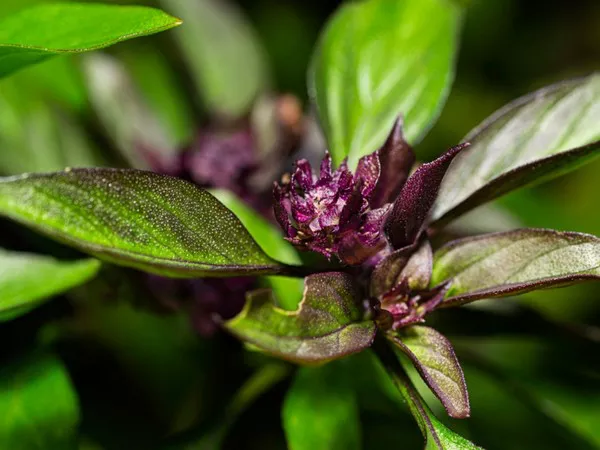Pomegranate trees (Punica granatum) are renowned for their vibrant fruit and symbolic significance throughout history. However, the frustration of a pomegranate tree not flowering can leave gardeners perplexed and seeking answers. This article delves into the multifaceted reasons behind this phenomenon, offering insights into the intricate interplay of factors that can influence a pomegranate tree’s flowering habits.
The Promise of Pomegranates: Blossoms and Beyond
Pomegranates are not only delicious fruits but also captivating ornamental trees that enhance landscapes with their striking foliage and vibrant blossoms. Their stunning double or single flowers are a sight to behold, but when the tree fails to produce these blossoms, it raises questions and concerns among cultivators.
1. Age Matters: Young Trees and Flowering Challenges
Young Trees and Flowering Challenges: Pomegranate trees, like many fruit-bearing plants, typically take a few years to mature before they start flowering and fruiting. A lack of flowers on a young pomegranate tree might simply be a result of its age. Patience is key here, as these trees need time to establish strong root systems and allocate energy to flower production.
2. Environmental Influences: Light and Temperature
Environmental Influences: Light and Temperature: Pomegranate trees thrive in full sunlight, requiring at least 6 to 8 hours of direct sunlight daily. Insufficient sunlight can hinder flower bud formation. Additionally, temperature fluctuations can impact flowering. Pomegranates generally require a chilling period during winter to encourage flower development. Inadequate chilling hours can lead to reduced or delayed flowering.
3. Pruning Practices: Finding the Balance
Pruning Practices: Finding the Balance: Pruning is essential for maintaining a healthy pomegranate tree, but improper pruning can hinder flowering. Overzealous pruning, especially during the wrong season, can remove potential flower buds. On the other hand, strategic pruning to remove dead or diseased wood can stimulate new growth and encourage flowering.
4. Nutritional Needs: Fertilization and Soil Health
Nutritional Needs: Fertilization and Soil Health: A pomegranate tree’s flowering potential is closely tied to its nutrient intake and soil quality. Insufficient nutrients, particularly nitrogen, can impact flower production. Conducting a soil test to identify deficiencies and adjusting fertilization accordingly can promote healthier blooms.
5. Watering Wisely: Balancing Moisture Levels
Watering Wisely: Balancing Moisture Levels: Inconsistent or improper watering practices can have a direct impact on a pomegranate tree’s flowering behavior. Too much water can lead to root rot and hinder flower bud development, while too little water can stress the tree and affect its ability to produce flowers.
6. Pest and Disease Management: Protecting Flower Buds
Pest and Disease Management: Protecting Flower Buds: Pests and diseases can target pomegranate trees, including the flower buds themselves. Aphids, scales, and fungal infections can damage or kill flower buds, leading to reduced flowering. Implementing integrated pest management strategies and maintaining tree health can mitigate these risks.
Cultivar Considerations: Selecting the Right Variety
Pomegranate cultivars vary in their flowering habits, fruit characteristics, and adaptability to different climates. Some cultivars are more prone to flowering under specific conditions. When selecting a pomegranate tree for your garden, research the recommended cultivars for your region to increase the likelihood of successful flowering.
Expert Insights: Seeking Professional Advice
If your pomegranate tree continues to resist flowering despite your best efforts, seeking advice from horticulturists, arborists, or local agricultural extension offices can provide valuable insights. These experts can assess your specific circumstances and offer tailored recommendations to address any underlying issues.
Conclusion
Cultivating a flourishing pomegranate tree with abundant blossoms requires a comprehensive approach that encompasses various factors – from age and environmental conditions to pruning practices and nutritional considerations. Understanding the intricacies of pomegranate flowering habits empowers gardeners to make informed decisions and create optimal conditions for their trees to thrive. By addressing these factors and seeking expert guidance when needed, you can increase the likelihood of witnessing the stunning beauty of pomegranate blossoms gracing your garden for years to come.

